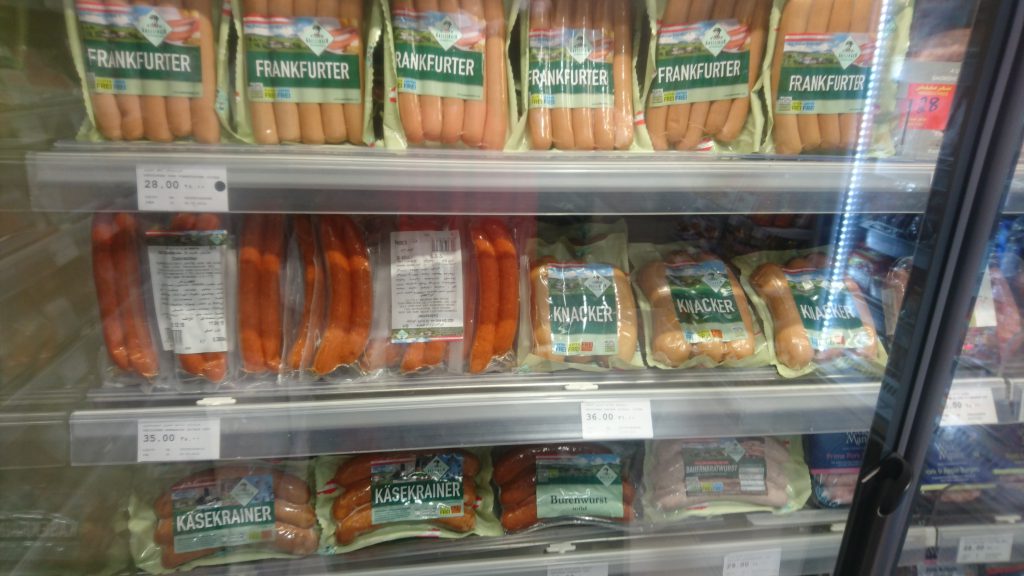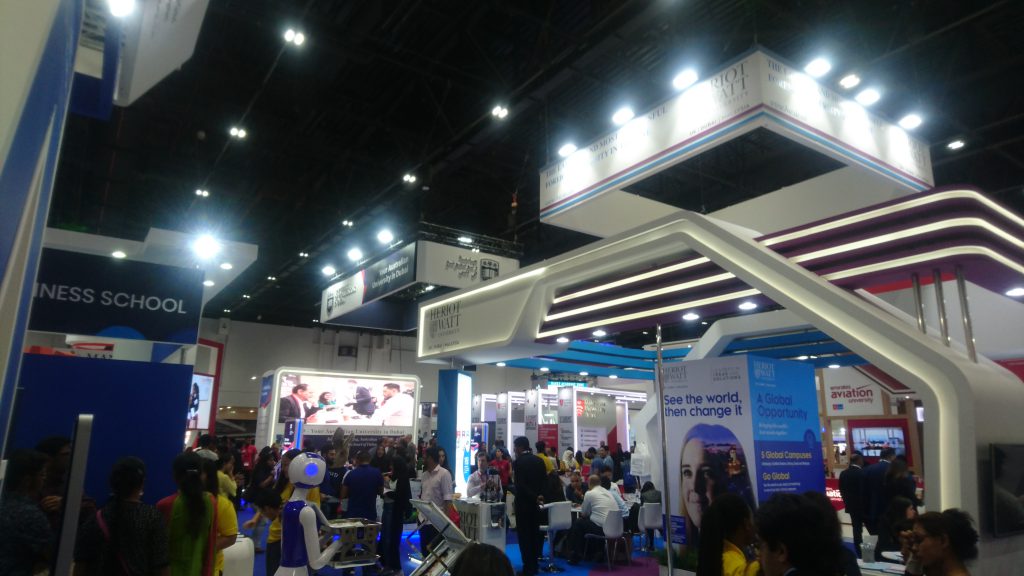While doing research on the phenomenon of offshore university campuses in the United Arab Emirates (UAE), one of my interview partners in Dubai compared its broad selection of foreign universities to the city’s multi-cuisine restaurant scene. By this, he was invoking a common narrative. The UAE are often advertised as a place providing access to almost every good, service or experience from around the world one may wish for – or at least to those things that politicians and advertisers perceive as desirable and/or marketable. And indeed: the city of Dubai for example, besides its numerous restaurants, has a mall advertising that it sells every brand in the world; various theme parks (one of them boasting to have replicated the most famous landmarks from over 50 countries); supermarkets selling sausages from Germany, beef from the US, instant noodles from Japan and dates from Saudi Arabia; in the streets you see Mercedes-Benz, Range Rovers, Aston-Martins, Toyotas and Kias. Other Emirates have also assembled their own array of international products and experiences ranging from the Louvre in Abu Dhabi (with a Guggenheim under construction) to the biggest Russian Orthodox Church in the country located in Sharjah, often described as the UAE’s “Islamic capital”. Now, what does this have to do with transnational higher education, which is, after all, the object of our research project’s interest? I argue that the underlying context of everyday live and consumption touched upon here is – much as my interview partner suggested – an important element to better understand the growing numbers of offshore university campuses in the UAE which we can observe since the early 2000s.

In 2019, a student wanting to study for a higher education degree in the country could choose from enrolling in 40 different universities originating from 12 different foreign countries. While there are several important dimensions connected to transnational higher education in the UAE – including logics of economic transformation, urban development as well as issues related to a long time growing expat population (and financial pressure that many providers of higher education face in their home countries) – the growing phenomenon of offshore campuses also parallels the general atmosphere of global consumption in the UAE.

While such a high degree of availability of goods and services from a wide variety of countries is a feature shared by many cities usually described as ”global” and which might be understood as an expression of our globalizing market economy, the extent of it in the UAE is nonetheless remarkable. It represents more than just the satisfaction of a population increasingly demanding in its consumerism. What could be described as a culture of availability, this feeling of “you can buy everything you want”, also represents the ruling families’ quest for positioning the country as a node in a network of transnational flows of goods, services, ideas and people. It is an integral part of the country’s changing economic orientation away from selling a finite supply of natural resources and could even be described as a corner stone of what is often described as the “Dubai model”.
However, we can observe some uneven tendencies in the assortment of offshore campuses in the UAE. For example, the variety of study programmes is not as diverse yet as the overall selection of universities suggests. Business related and technical study programmes dominate the local higher education market with only a minority of the programmes available offering social sciences or humanities. Also, while there is some diversity regarding the offshore campuses’ countries of origin, in sheer numbers they mostly stem from “Western” countries and offer “Western” curricula. Hence, when doing research on processes of transnational higher education we need to look closely at what kind of diversity it exactly is that is promoted by brochures, public statements and universities’ websites and how this translates into reality.
Tim Rottleb, October 2019
